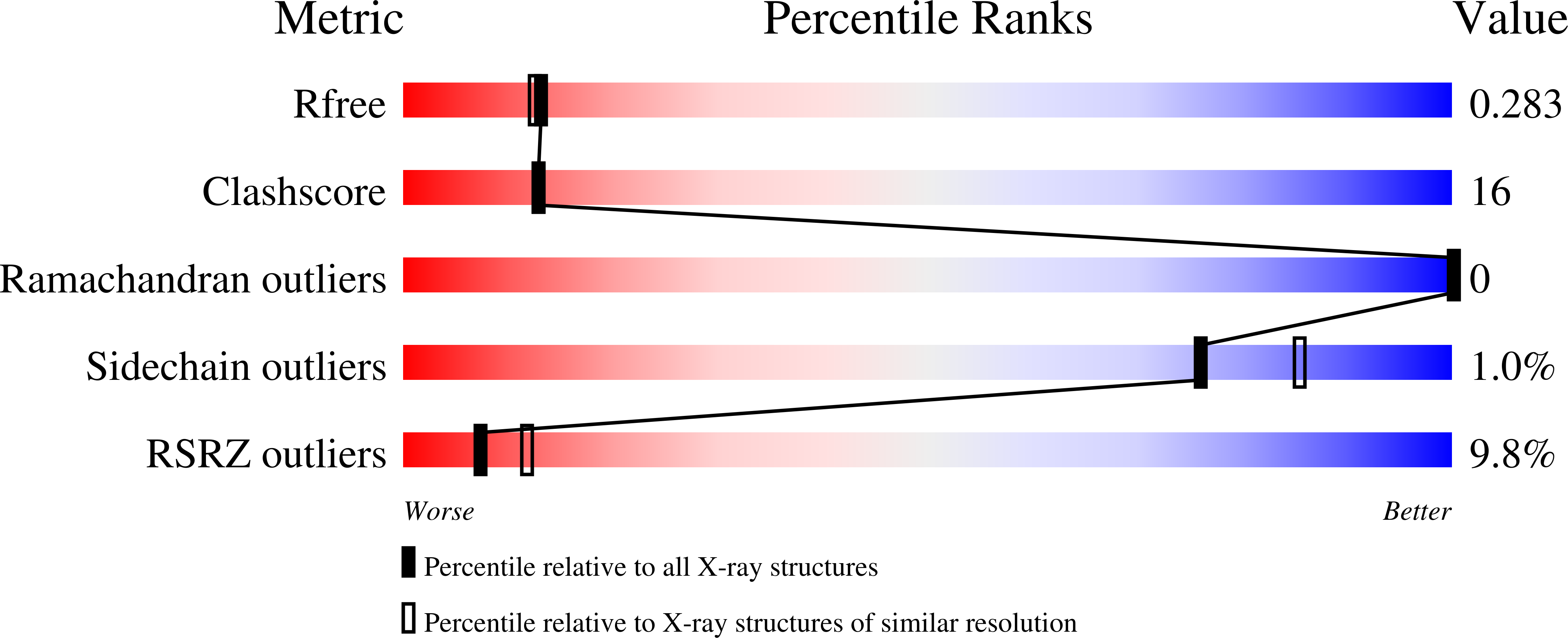
Deposition Date
2022-12-21
Release Date
2023-12-20
Last Version Date
2024-03-27
Entry Detail
PDB ID:
8C26
Keywords:
Title:
ParDE2 toxin-antitoxin complex from Mycobacterium tuberculosis (rv2142A-rv2142c)
Biological Source:
Source Organism:
Mycobacterium tuberculosis H37Rv (Taxon ID: 83332)
Host Organism:
Method Details:
Experimental Method:
Resolution:
2.35 Å
R-Value Free:
0.28
R-Value Work:
0.25
R-Value Observed:
0.25
Space Group:
H 3 2


